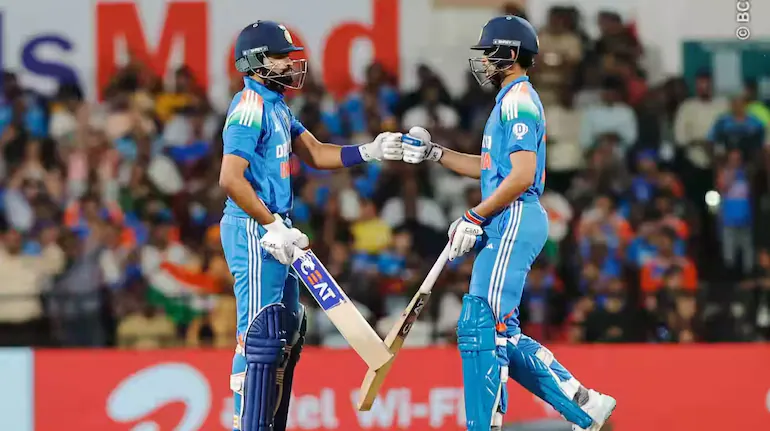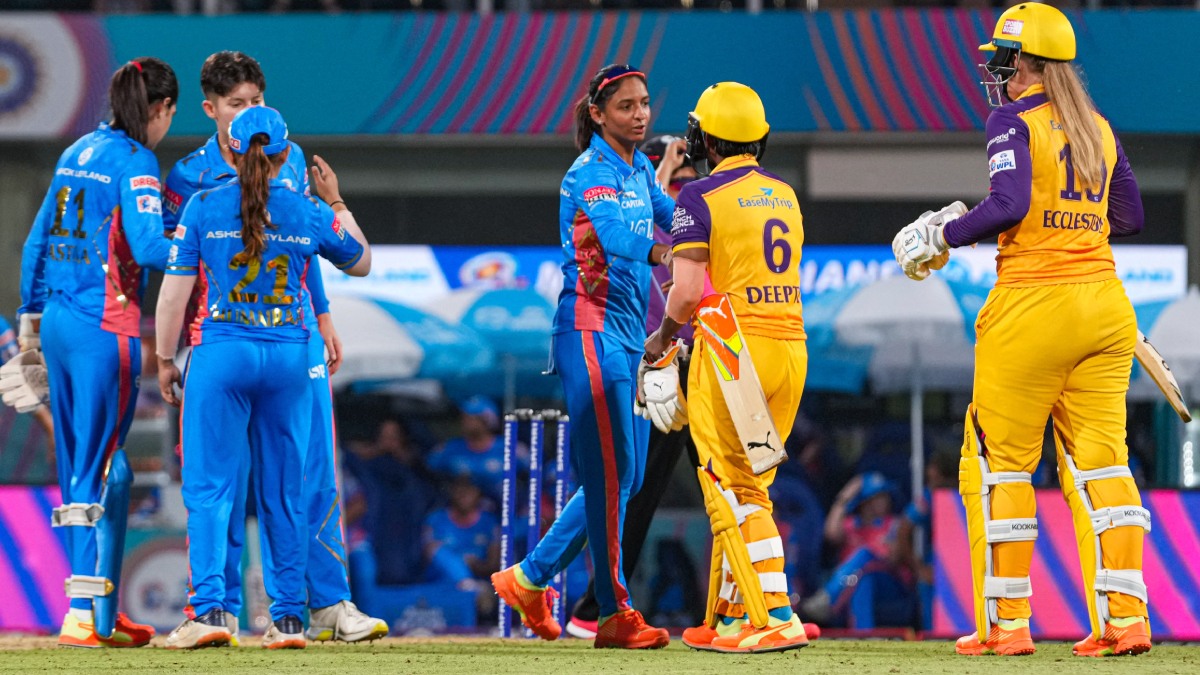- 1st ODI HighlightsCricket enthusiasts were treated to a thrilling encounter as India faced England in the first One Day International (ODI) of their series. The match, held at the VCA Stadium in Nagpur, was not just a contest of bat and ball but a showcase of strategy, resilience, and individual brilliance. As both teams looked to set the tone for the series, fans were eager to see how the players would perform under pressure.
Match Venue and Conditions 1st ODI Highlights
The VCA Stadium in Nagpur, known for its sporting pitches, played host to this exciting fixture. Leading up to the match, there was considerable discussion about the pitch conditions. Historically, Nagpur’s surface offers something for both batsmen and bowlers, with early assistance for pacers and spinners coming into play as the game progresses. On this particular day, the weather was clear, ensuring no interruptions, and the pitch appeared to be a balanced one, promising an even contest between bat and ball.
England’s Innings: A Tale of Two Halves
Winning the toss, England opted to bat first, aiming to set a formidable total. Openers Phil Salt and Ben Duckett provided a solid foundation, displaying aggressive intent and capitalizing on loose deliveries. Their partnership was characterized by crisp boundaries and smart running between the wickets, giving England a promising start.
However, the middle overs saw a dramatic shift. India’s bowlers tightened their lines, and England’s middle order struggled to maintain the momentum. Wickets began to tumble at regular intervals, and the fluent start was soon overshadowed by a series of quick dismissals. It was a classic tale of a strong beginning undone by middle-order frailties.
Key Performances in England’s Batting Line-up
Amidst the turbulence, captain Jos Buttler showcased his class with a resilient half-century. His innings was a blend of caution and aggression, as he anchored one end, ensuring England had a fighting chance. Buttler’s ability to find gaps and rotate the strike was instrumental in steadying the ship during a precarious phase.
Youngster Jacob Bethell also made a noteworthy contribution. Coming in under pressure, Bethell displayed maturity beyond his years, crafting a composed 51. His partnership with Buttler was crucial in steering England towards a respectable total, as they rebuilt the innings with calculated aggression.
India’s Bowling Prowess
India’s bowling attack was spearheaded by debutant Harshit Rana, who made an immediate impact. Rana’s disciplined line and length troubled the English batsmen, and he was rewarded with three vital wickets. His ability to extract movement off the pitch and maintain pressure was commendable, marking a memorable debut.
Veteran all-rounder Ravindra Jadeja further tightened the screws with his left-arm spin. Jadeja’s variations and accuracy led to crucial breakthroughs, as he also claimed three wickets. His spell not only stemmed the flow of runs but also dismantled England’s middle order, playing a pivotal role in restricting them to 248.
India’s Chase: Navigating Early Setbacks
Chasing 249, India faced early jitters. The English pacers, particularly Jofra Archer and Saqib Mahmood, exploited the conditions effectively, claiming early wickets and putting India on the back foot. The loss of key batsmen in quick succession left the hosts in a precarious position.
However, the innings took a positive turn with a crucial partnership between Shubman Gill and Shreyas Iyer. The duo showcased composure and skill, steadily rebuilding the innings. Their understanding and ability to rotate the strike, combined with timely boundaries, shifted the momentum in India’s favor.
Shubman Gill’s Masterclass
Shubman Gill was the standout performer in India’s chase. His innings of 87 was a masterclass in pacing an ODI innings. Gill exhibited a wide array of strokes, from elegant drives to deft touches, keeping the scoreboard ticking. Notably, he battled through cramps during his knock, demonstrating grit and determination. His ability to anchor the innings while accelerating when needed was instrumental in guiding India towards the target.
Shreyas Iyer’s Steadying Hand
Complementing Gill was Shreyas Iyer, who played a vital innings of 59. Coming in at a critical juncture, Iyer’s approach was a blend of caution and aggression. He focused on building a partnership, rotating the strike efficiently, and punishing loose deliveries. His shot selection was impeccable, and his calm demeanor under pressure provided the stability India needed during the chase.
Axar Patel’s All-Round Contribution
Axar Patel’s quickfire 52 added impetus to India’s innings at a crucial stage. Known for his aggressive batting lower down the order, Axar took the attack to the English bowlers, hitting a series of boundaries that deflated the opposition’s morale. His partnership with Gill was particularly significant, as it took India closer to the target with a flurry of runs, effectively sealing the game’s outcome.
England’s Bowling Highlights
England’s bowlers had their moments of brilliance, particularly in the early overs when they sent India’s top order packing. Jofra Archer and Saqib Mahmood were lethal with the new ball, extracting pace and bounce from the surface. Archer’s sheer speed and Saqib’s accuracy troubled India’s openers, forcing them into errors that resulted in early wickets.
Adil Rashid, England’s veteran leg-spinner, played a crucial role in the middle overs. His variations in pace and spin created difficulties for the Indian batsmen. Rashid’s dismissal of Virat Kohli, who was looking to regain form, was a major moment in the game. Jacob Bethell also provided support, maintaining tight lines and ensuring the required run rate remained in check. However, once Shubman Gill and Shreyas Iyer settled in, the English attack found it difficult to break partnerships, ultimately costing them the game.
Turning Points of the Match
Every ODI has defining moments that shift momentum, and this match was no exception. Several key incidents played a pivotal role in deciding the outcome:
England’s Middle-Order Collapse – After a promising start, England lost wickets in clusters, going from 140/2 to 248 all out. The sudden collapse shifted the advantage to India.
Shubman Gill’s Cramp Struggles – While battling cramps, Gill still managed to dominate England’s bowling, showcasing resilience and match awareness.




